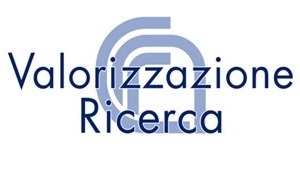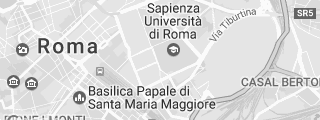TECHNOLOGY DESCRIPTION
We present a method suitable for the industrial production of boron nano-sized powders (products), optionally homogeneously doped, having improved properties. Such boron nano-powders are used for the fabrication of different products (i.e. superconductors, abrasive (boron carbide), lubricants (nitride), catalysts, rocket propellant) having better performance than commercially available ones.
The present method is cheap, uses standard processes and allows the production of large amount of nano-powders ( 100 kgs) per batch.
Commercially are available boron powders both amorphous and crystalline, with variable purity and grain sizes, generally at micrometric scale.
Doped boron is not commercially available and the doping step must be successively done in laboratory by adopting expensive and hazardous processes, both for the technicians and for the environment.
Our method of production of elementary boron, optionally doped, solves such problems. The method includes the following steps:
a) dissolving an oxidized boron precursor compound in a solvent able to dissolve it, during this step a doping agent can be added when required;
b) freezing the solution into a cryogenic liquid and operating by sublimation of the solid phase to transform it in a finely divided particulate form, avoiding the solute precipitation/segregation. Solvent (water) is removed by freezing-dry process and nanostructured boron precursor is obtained;
c) reduction with a reducing agent, to obtain elementary amorphous boron in nano-sized powder form. If necessary, amorphous boron can be recrystallized by appropriate heat treatment.
The addition in the step a) of doping agents (elements or compounds), soluble or insoluble, does not change steps b) and c) and the chemical homogeneity of the nano-powders.
BENEFITS
Boron nano-powders obtained by our patented method have the following properties over commercial B-powders:
• fine grain size at nanoscale, from 20 up to 80 nm (average grain size): the grains of powders obtained are nanostructured and amorphous;
• high degree of purity (95-98%);
• high homogeneity of grains;
• can be intrinsically doped (the customer have not to execute any additional doping process at boron powders or its compounds, such as magnesium diboride (MgB2), boron carbide (B4C), etc.).
While our method of production of boron nano-sized has the following advantages over standard industrial preparations:
• applicability to different boron precursors;
• doping of final product by adding a single and standard (industrially) preparation step;
• large amount of product fabricated per batch.
LIMITATIONS
None. The method is performed by standard processes and therefore no extra certification is required for commercial use of our technology.
APPLICATIONS
The boron nano-sized powders fabricated through our method can be used in different industrial fields:
• superconductors (MgB2)
• neutron moderators for nuclear plants
• production of boron compounds (i.e. BN, sodium borohydride (NaBH4), boron orthophosphate (BPO4), Boron carbide (B4C)), having improved properties/performance.
Examples of product manufactured by using Boron powders are superconducting wires and tapes, air-bags triggers, semiconductors, alloys, glasses, abrasives, neutron absorbers, refractory materials, propellant for rockets, bleaches, catalysers, disinfectants.
MATERIALS
Readiness Level (TRL)
 Patent Grading Report |
Patent Grading ReportThe Grading Patents Report evaluates and grades US patents Sample Buy from Wisdomain |
STATUS
Current status
EP Patent
AVAILABILITY
Available for
licensing, assignment, industrial collaboration, start-up creation
INVENTOR / TEAM
A. S. Siri, M. Vignolo, G. Bovone, CNR - Institute for superconductors, oxides and other innovative materials and devices (SPIN)






